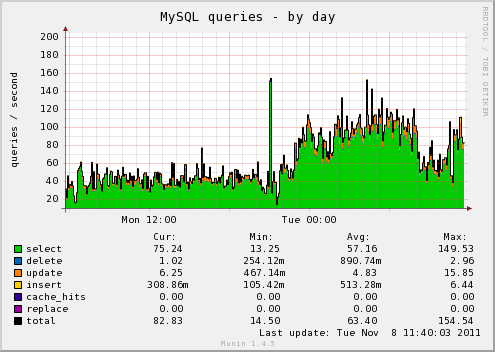Make sure your Linux servers' date and time are correct and synchronized
Nowadays, most people assume that all modern computers and operating systems have network time synchronization set up properly and switched on by default. However, this is not the case with many Linux servers—especially if you didn't install Linux and configure it yourself (as would be the case with most cloud-based OS images like those used to generate new servers on Linode).
After setting up a new server on Linode or some other Linux VPS or dedicated server provider, you should always do the following to make sure the server's timezone and date and time synchronization are configured and working correctly:
